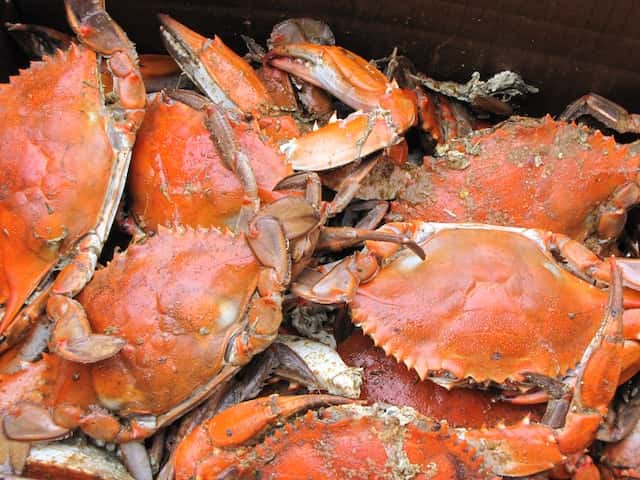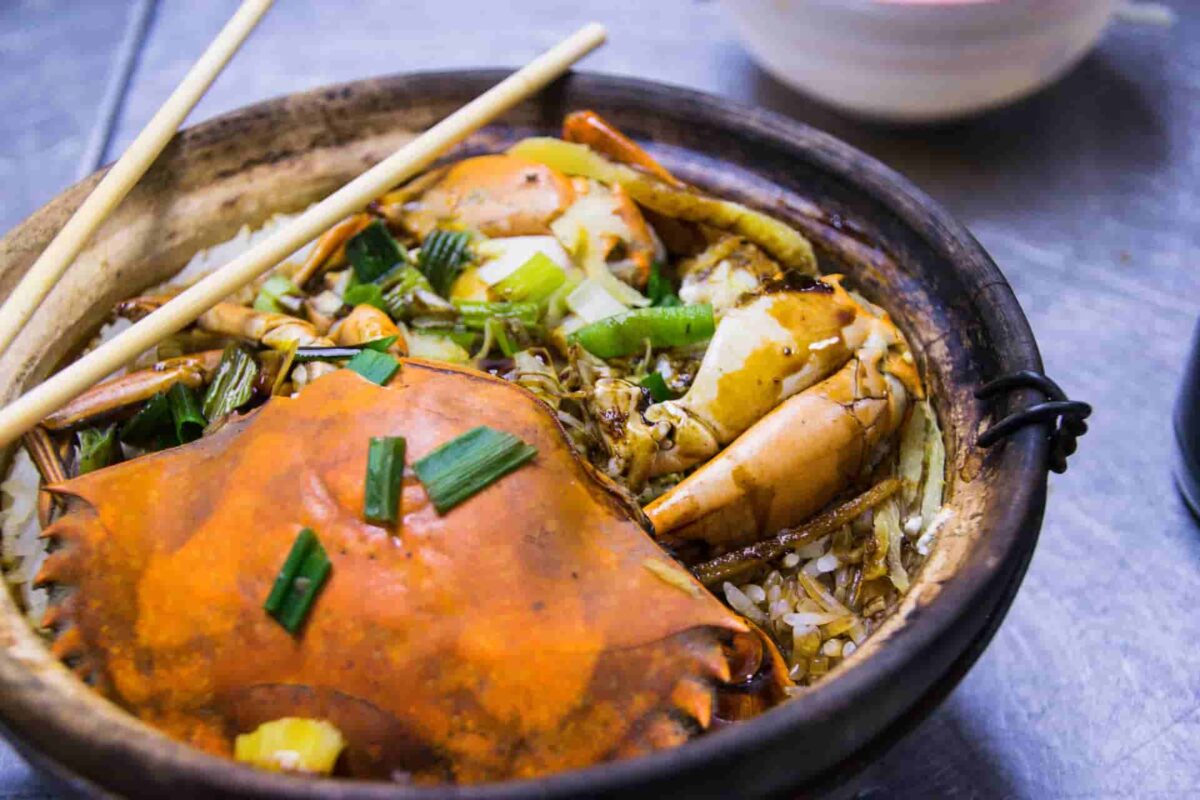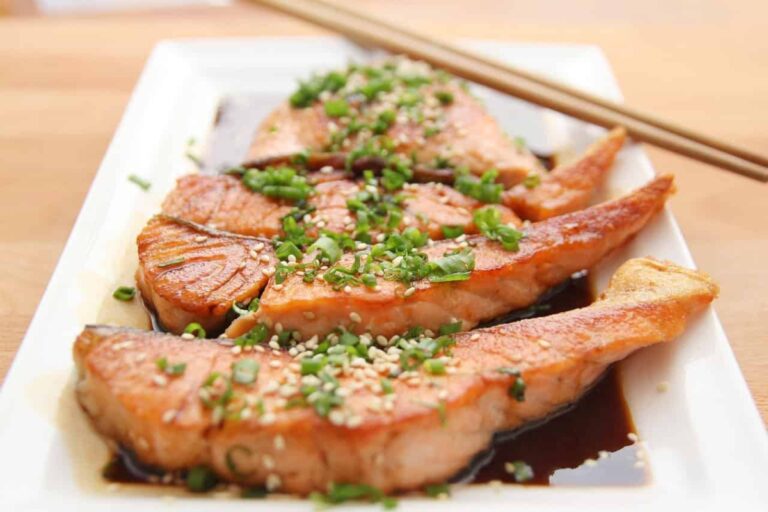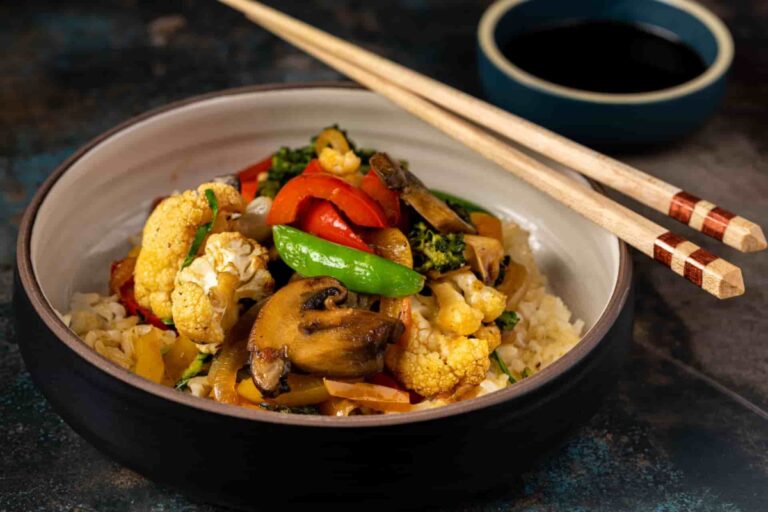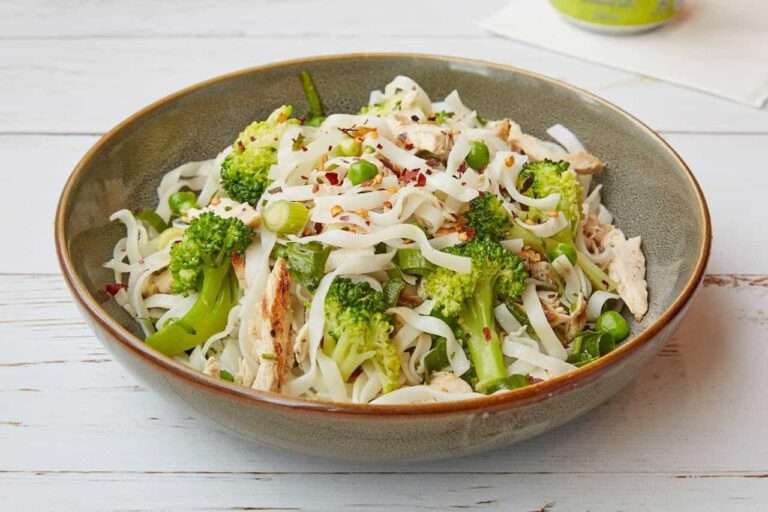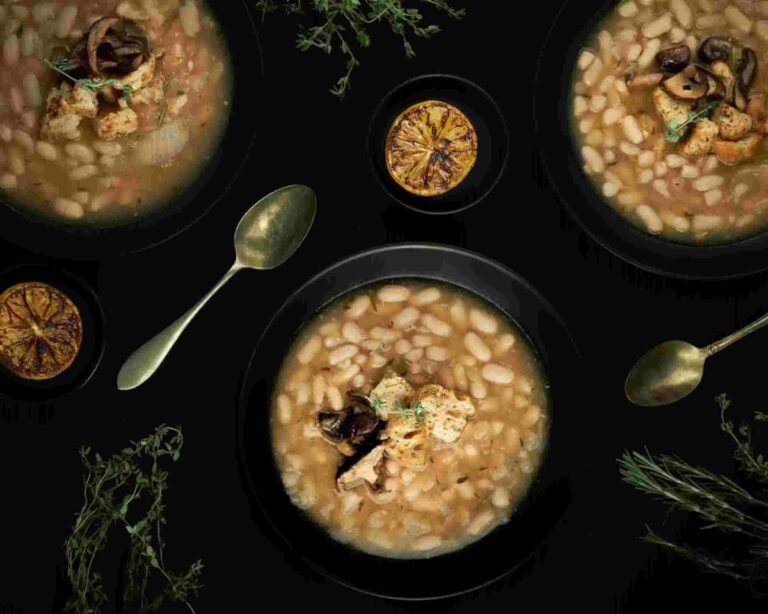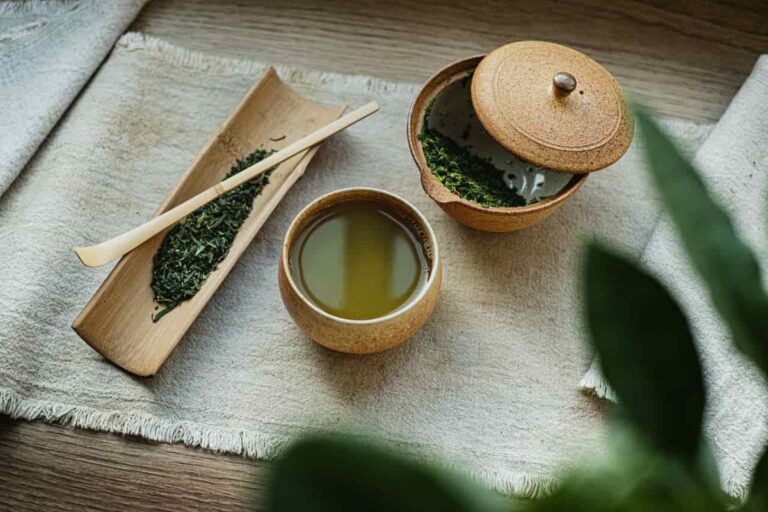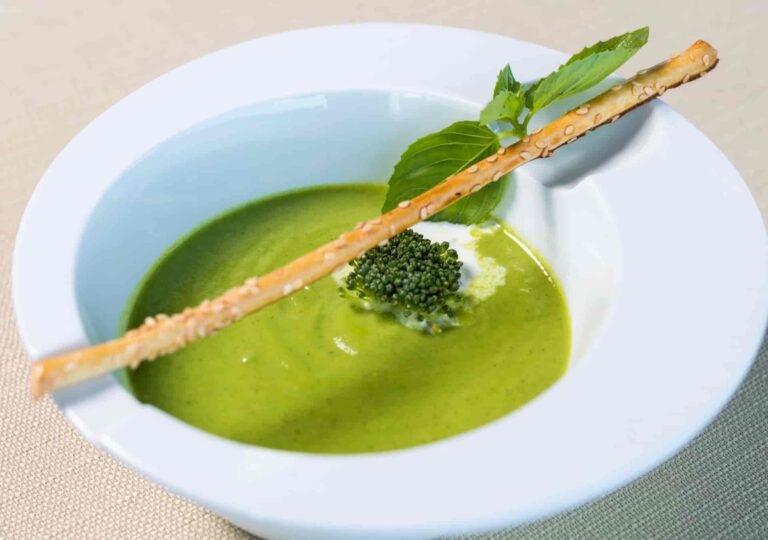Crab 101- nutrition values and kitchen secrets
Did you know that Japanese spider crabs are the largest species of crabs found anywhere in the world?
- Their legs, which can grow to a staggering 4 metres in length, are far longer than the rest of their bodies. The Japanese spider crab may have a carapace as wide as 40 centimetres and a total body mass of 19 kg. Crabs are very dangerous to approach, much less hunt or trap, due to their massive size. Although they are considered a delicacy in Japan, they are in danger of being overfished unless preventive measures are taken.
- You may choose from two unique types of crab. For starters, there’s white meat, which may be obtained from the crab’s legs and claws. This lean meat is delicious and flaky in texture, and it’s packed with protein and relatively low in fat. But there’s also brown meat, which may be located in the crab’s trunk. The fat content is greater than in white meat, but the meat’s uniform texture and robust taste make up for it.
- However, false crab meat cannot be substituted with the genuine thing. It looks and tastes like crab meat, but it’s really fish flesh that’s been coloured and seasoned to imitate crab. The use of imitation crab meat is frowned upon in professional kitchens but is tolerated in the context of home cookery. The high price of genuine crab necessitates many people searching for a cheaper alternative to enjoy the taste of crab to turn to fake crab flesh. The economic impact of crabs has been visualised.
- The natural texture and flavour of the meat are preserved when you remove the flesh from the shell. Crab meat may also be prepared mechanically by utilising pressurised water or steam to force the meat from the crab and out of the shell. However, this process significantly diminishes the quality of the meat by damaging its texture and flavour.

Crab nutrition values and health benefits
- Crab is an excellent source of protein, which is necessary for the development of new muscles as well as the preservation of existing muscles as well as lean body mass. The omega-3 fatty acids, vitamin B12, and selenium found in crab are among the several nutrients found in substantial amounts in this crustacean. All of these nutrients have an important role in lowering the chance of acquiring a variety of chronic illnesses as well as enhancing general health, which is a dual benefit of consuming them.
- The omega-3 fatty acids that may be found in crab meat provide a number of health benefits, the majority of which are associated with maintaining a healthy cardiovascular system. These important nutrients may help with lowering triglycerides, reducing the risk of blood clots, and lowering the probability of having an irregular heartbeat in the future.
- Crab has a wide variety of nutrients, some of which are good for reducing the risk of developing vitamin deficiency anaemia. These nutrients include vitamin B12 and folate, amongst others. Those who suffer from vitamin deficiency anaemia often do not have sufficient healthy red blood cells in their bodies, which may lead to feelings of exhaustion and weakness in those who suffer from the condition.
- According to the findings of a study, those who eat seafood at least once per week, such as crab, had a decreased risk of acquiring dementia and Alzheimer’s disease compared to those who do not consume seafood. It is conceivable that the large concentrations of omega-3 fatty acids that are found in marine products are responsible for providing this protection.
- In spite of the fact that crab has a lower mercury concentration than many other forms of seafood, the manner in which it is caught and prepared may still make it a potential threat to one’s health. Cadmium is another potentially dangerous element that may be present in high concentrations in the meat of brown crabs. Cadmium poisoning may occur when excessive amounts of the element are swallowed. In addition to this, crab has a considerable quantity of salt (237 mg in a 3-ounce portion).
- The quantity of selenium present in crab meat is very significant, despite the fact that crab flesh includes a wide variety of other components. Selenium, a mineral, is necessary for the production of selenoproteins and selenoenzymes, both of which have a role in the antioxidant system.
- Selenium is present in the body, although only at trace levels. It is also important to note that while selenium deficiency is not very common in much of the Western world, this is not the case in the rest of the world. This is an important distinction to make. According to estimates, selenium deficiency affects anywhere from 500 million to 1 billion people all over the globe.
- Crab is a crustacean species of shellfish, and those who suffer from shellfish allergies are not uncommon. Keep in mind, first and foremost, that crab is a common food allergy for many people. The majority of the allergy’s symptoms are brought on by a protein known as tropomyosin, which may be found in crustaceans including crab, lobster, and shrimp. Crab meat shouldn’t be consumed at all by anyone who has been diagnosed with or believes they have an allergy to crustaceans.
- Crab is an excellent source of protein as well as a wide variety of vitamins and minerals, all while having a calorie count that is quite low. The flavour of crab meat is one of the reasons why it is considered to be among the best of all shellfish, which helps explain why it is considered to be among the most popular shellfish.
- Consuming crab does come with a few drawbacks, the most significant of which being the increased risk of food allergies, the high price tag, and questions of morality raised by the practice. On the other hand, crab is a tasty food that has a high nutritional value for those who are able to indulge in it on a regular basis and can eat it without feeling guilty.
100g of crab meat has 97 calories(405kj), 19g protein, 1.5g fat, and 0g carbs including 0g fibre.
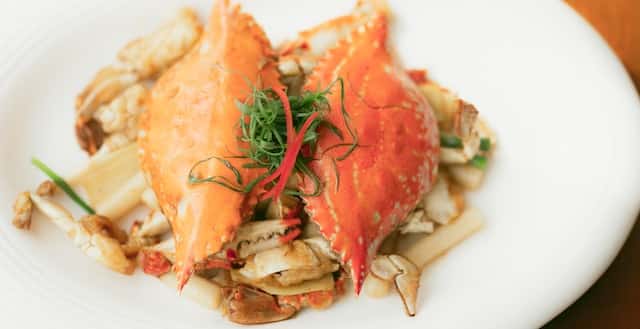
How to store crab and how to buy them
- It is best to get live crab, but you can also buy crab that has already been cooked and processed in some way (picked crab flesh, crack-and-eat legs, etc.) from a store or market that has an excellent reputation and can be trusted.
- Even if you are getting live crabs, they should seem and act as though they are still alive. This is because you are purchasing them live. If you are able to touch something and it does not move when you do so, you do not wish to own it. Because the enzymes in the body cause the flesh to get highly mushy very quickly, you should never buy a dead raw crab.
- Crabmeat that has been freshly harvested but has an unpleasant odour to it should be avoided. It is possible for previously frozen crab that has not been adequately stored to develop blueing, which is the production of pockets of blue or grey in the flesh. This may happen if the crab has been frozen many times. Because this would have had a negative impact on the consistency as well as the flavour, it is in everyone’s best interest to prevent this scenario.
- The flesh that is revealed when you buy fresh or frozen crab pieces in their shells needs to be white and transparent. Keep the crab in its frozen condition until you are ready to prepare it for cooking, and be on the lookout for signs of freezer burn, such as the presence of additional ice crystals both within the package and on the crab itself.
- After obtaining live ones, you should get started on the preparation process as soon as you can. Put them in an open container that is covered with damp newspaper, put them in the refrigerator, or put them in a cooler for the short amount of time that you will be keeping them in those locations. The trick is to keep them moist without making them cold and damp at the same time.
- If you buy fresh crabmeat, you should store it in the refrigerator, use it within two days of buying it, and then either freeze it or use it up. In the same vein, you need to make sure that frozen crab stays frozen until you are ready to prepare it. After opening the can, it is advised that you use the pasteurised crab within eight to eighteen months; check the date on the can. As long as it is kept at a cool temperature, it can be stored in the refrigerator for up to a week after it has been opened.
- How can you know if the crab flesh is spoiled? A crab that has gone bad may be identified by its odour, colour, or expiration date, or even by the way that it was stored. The steps that you need to take are outlined below in order to identify rancid crab flesh.
- Examining the aroma of the crab flesh is one way to determine whether or not it is of poor quality. The fresh crab flesh ought to give out either no scent at all or a very faintly fragrant fragrance. If the crab flesh has an odd scent, especially one that is sour, fishy, powerful, or rotting, it is possible that it has gone bad.
- Finding rotten signals may also be accomplished by making use of your hands to get a feel for the consistency of the crab meat. When you contact one another, rubbing your fingers together is appropriate. The crab flesh is considered to be of poor quality if it is slimy and damp.
- Another thing you may do is examine the shade of the crab flesh. How does raw crab flesh seem to the naked eye? The newly formed flesh will seem completely white in colour.
- In addition to this, the colour of the shell needs to be a vibrant crimson. If you see that the colour of the meat and the rind have changed to brown, this indicates that the crab flesh is no longer safe to consume.
- If you purchase crab meat that has been processed or canned, be sure to check the package for the expiration date. You may still eat it regularly even if it has a past due date on it as long as you check the date.
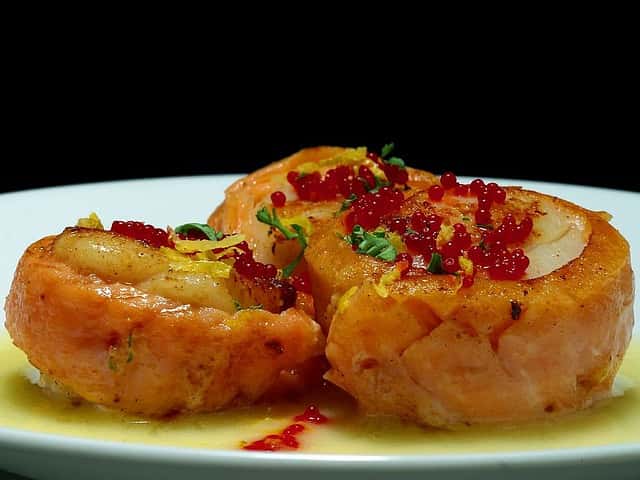
Cooking techniques, secrets, and tips from the kitchen
- The best way to prepare any kind of crab, regardless of its species, is by boiling it. This is the approach that is used the most often.
- Bring a large pot full of water to a boil so that it may be used later. Before you use it, you should take special care to salt it to the point that it has the same salty flavour as seawater.
- After that, you may then add the crabs, followed by any spices that you choose, if that is something that appeals to you.
- If at all feasible, the crabs should be added in a quick and sequential fashion so that the total amount of time they spend cooking is consistent.
- The water should be brought back up to a boil, and the cooking process should be continued until the crabs float to the top.
- The time needed for this will range between ten and fifteen minutes, and it will depend on the size of the crabs.
- To remove the crabs, use tongs, and lay them on a cooling rack until they are able to be handled once they have cooled down.
- The crabs’ flavorful fluids are preserved when they are steamed, and the process also protects the crabs from becoming water-logged, which may happen when a large number of crabs are boiled at once.
- Bring to a boil a large saucepan filled with salted water and add an inch’s worth of salt to the water.
- Allow the crabs near the bottom of the pot to come to a boil for a few minutes so that they may serve as a platform for the rest of the crabs to cook on.
- Stack the crabs in a steamer basket or insert, or just place them in a pot. Under a cover that fits snugly but not too tightly, the crabs should be cooked for ten to twenty minutes, depending on their size.
- Take the steamer out of the pot and use tongs or a slotted spoon to delicately remove the crabs.
- Before cleaning and serving the crabs, give them some time to rest until they are chilly enough to be handled, then do so.
- The cleaning process may be sped up with the assistance of a quick rinse in tepid to warm water.
- Crabs need to have their shells cleaned before being able to be cooked on a grill.
- It is simpler to boil or steam them first until they are around half done, and then to finish cooking them on the grill to bring out the flavour of the fire and add some smokiness to the dish.
- Allow the crabs to cool completely before cleaning them, after which they should be cooked or steamed for approximately five minutes in accordance with the procedures given above.
- In a large mixing bowl, combine the crabs (or in halves or quarters, depending on the size), a drizzle of olive oil, one or two minced garlic cloves, and, if you so choose, some chopped rosemary or thyme leaves. Toss to combine.
- Put them on a hot grill for about four minutes on each side, or until they have a browned exterior and an internal temperature of at least 165 degrees Fahrenheit.
- If you want to cook soft-shell crabs on the grill, you have to follow a different set of instructions than normal.
- Starting with the oven preheated to 450 degrees Fahrenheit is the first step in roasting crabs in the oven.
- Before crabs can be roasted, they have to be washed and then either steamed or boiled right away.
- Before combining the crabs that have been cleaned, add in some oil or melted butter, as well as other fragrant herbs, spices, and other ingredients (minced shallot or garlic is yummy, as is a mix of minced ginger and green onions).
- The crabs need to be baked in a hot oven (between 450 and 500 degrees Fahrenheit) for roughly ten minutes, or until they are browned and sizzling (but not yet cooked through).
- In many parts of the world, the culinary experience is elevated with the use of different spices. Both the Southeast Asian and Indo-Pacific regions are known for their love of highly spicy food, and two of the most well-known examples are masala crab and chilli crab. Cooked blue crab is often accompanied with a side of Old Bay Seasoning wherever one goes in the Chesapeake Bay region of the United States. Although there are a variety of techniques available, the legs of Alaskan king crab or snow crab are often prepared by cooking them in butter flavoured with garlic or lemon.
- Crab goes nicely with a wide variety of meals, from potatoes (obviously) to aubergine and asparagus to chicken, fish sauce, kaffir lime leaves, and even kimchi, thanks to its characteristic vegetal scent, which is best described as being akin to that of cooked potatoes. Crab pairs well with meals including cucumber, algae (seaweed), avocado, bell pepper, and tomato because its green scent is comparable to that of fish and shellfish.
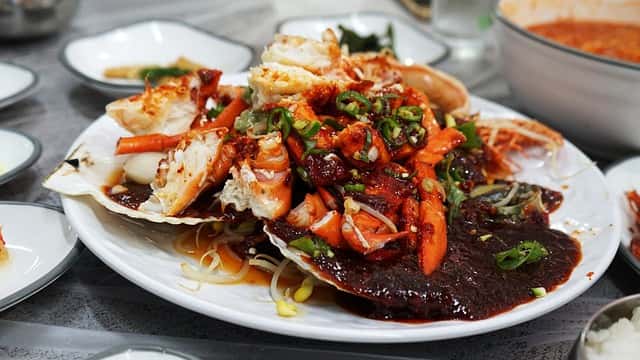
The history of crab from the beginning until today
- The ocean is home to the vast majority of the world’s crab species, and even the common land crabs of the tropics spend most of their early lives in the water. One of the many species of freshwater crabs that may be found in the world’s warmer regions is the river crab (Potamon fluviatile), native to southern Europe.
- In the same way that many other crustaceans are omnivores and scavengers, crabs are sometimes both predatory and vegetarian.
- What we call “crab meat” is really the meat from a crab. Its light, subtle, and sweet flavour has made it a popular ingredient in kitchens all around the world. There is little fat to speak of in crab meat.
- Cancer pagurus is a gigantic crab species that is often harvested in Western Europe for its flesh due to its very sweet and delicate flavour. Other names include “brown crab,” “common crab,” and “edible crab.” With massive fisheries in Scotland and a smaller but still sizable fishery in Cornwall and Devon, the United Kingdom has the world’s largest C. pagurus fishery. “Handpicked” crab refers to the method of preparing the crab (by hand) that ensures the flesh keeps its original flavour.
- Crab meat has a rather short fresh shelf life (approximately 4 days), so most of what you’ll see in stores is defrosted. There is a crystallisation of the natural water content when white crab meat is frozen. Defrosted crabmeat loses its unique flavour and texture. Pasteurising the crab meat removes the need to freeze it and, if done properly, results in a product that tastes quite similar to freshly caught crab.
